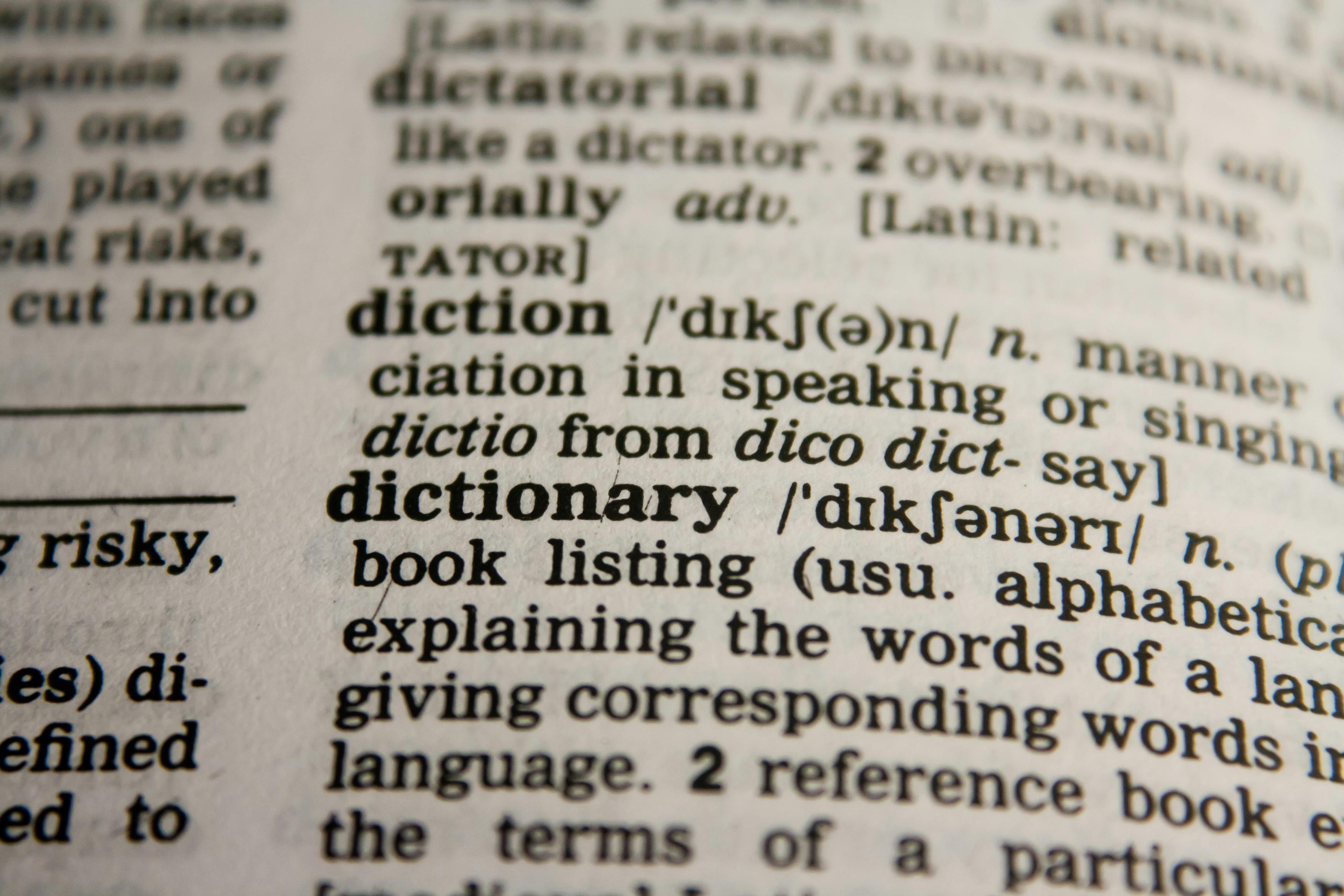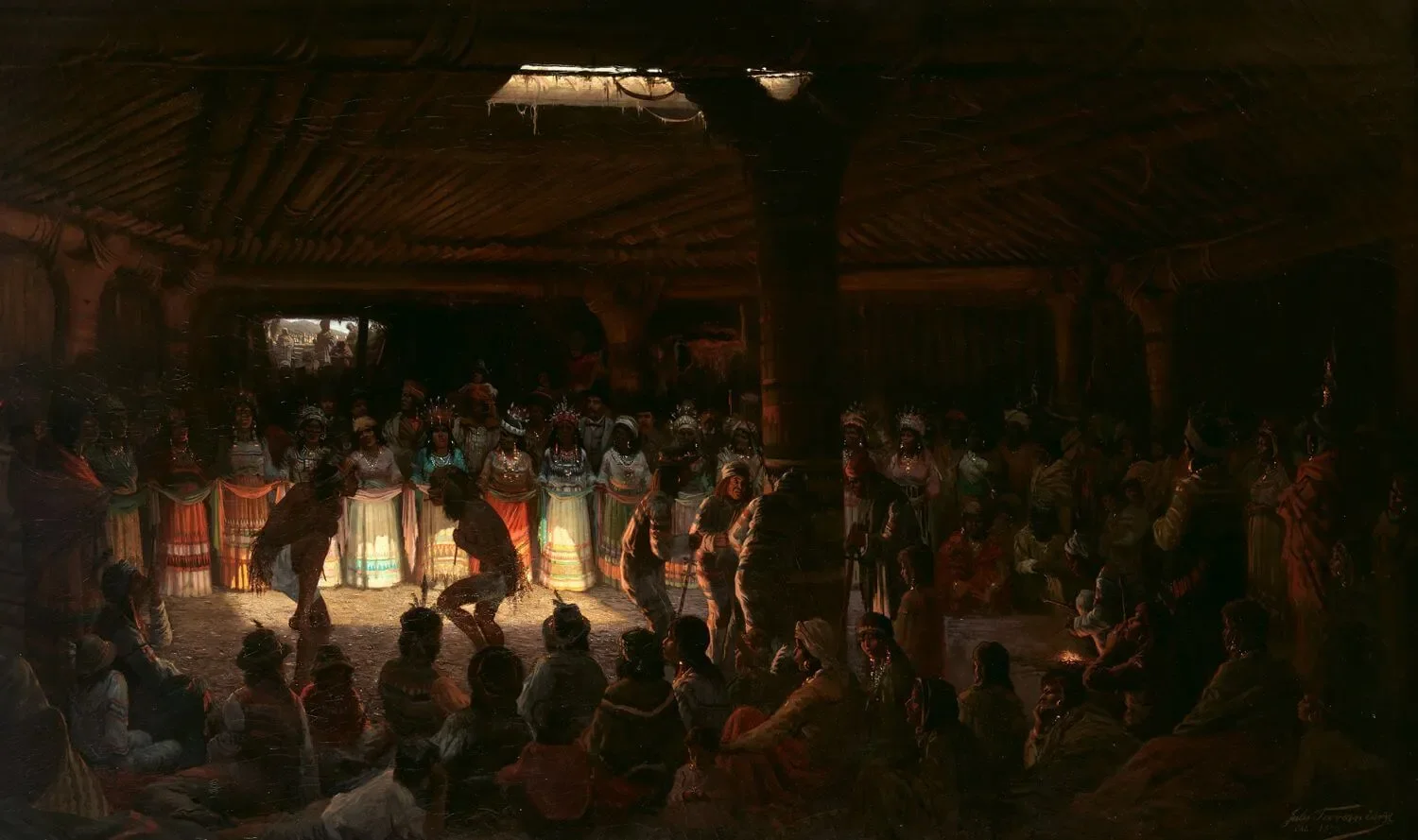Introduction
Welcome to the world of Mandarin Chinese, a language rich in culture, history, and character diversity. Are you ready to dive into the intricacies of Simplified Chinese and Traditional Chinese characters? The ability to convert between these two character sets can significantly enhance your Mandarin learning experience, especially if you're looking to grasp the full breadth of Chinese literature, art, and cross-cultural communication. This guide, 'Transform Words with Ease: Simplified to Traditional Chinese Conversion Guide', is designed to provide you with effective tools and strategies to aid your language learning journey.
We'll take a closer look at the historical context and differences between Simplified Chinese and Traditional Chinese characters. We'll also explore the importance of being able to switch between these character sets, not just for Mandarin learners, but also for anyone interested in understanding the multifaceted elements of Chinese culture.
Moreover, we'll introduce you to some of the best online tools for Chinese character conversion, including LEXILOGOS, Chinese Tools, and the Simplified Chinese / Traditional Chinese Converter. In particular, we'll delve into a detailed guide on using Traverse for Chinese character conversion. This platform offers a slew of features designed specifically for Mandarin learners and even includes a partnership with Mandarin Blueprint, an online Chinese course that focuses on character learning and immersion learning.
Finally, we'll provide additional resources for learning Mandarin Chinese, including Chinese keyboard and dictionary features, multilingual keyboard support, and unique tools for Pinyin/Zhuyin change.
So, whether you're a seasoned Mandarin learner or just starting your journey, this guide will equip you with the tools and knowledge you need to navigate the exciting world of Simplified and Traditional Chinese characters. Let's get started!

Understanding Simplified and Traditional Chinese Characters
As you dive into the fascinating world of Mandarin, one of the first things you'll notice are the complex and intricate Chinese characters. These characters are the building blocks of the language and come in two forms: Simplified and Traditional. But what are these forms and how do they differ? Let's delve into the brief history and distinct differences of these Chinese characters.
Brief History of Simplified and Traditional Chinese Characters
Chinese characters have a rich history dating back thousands of years. The Traditional Chinese characters are the more ancient form, used for centuries in China, Taiwan, and Hong Kong, among other places. These characters are often more complex, consisting of more strokes and intricate details.
Fast forward to the mid-20th century, a major reform took place in Mainland China to increase literacy. The government introduced the Simplified Chinese characters, which have fewer strokes and are easier to write. This script is widely used in Mainland China, Singapore, and Malaysia.
Differences Between Simplified and Traditional Chinese Characters
The main difference between Simplified and Traditional Chinese characters lies in their complexity. Traditional characters, as the name suggests, are traditional in form and often contain more strokes. They tend to be more pictographic, offering a glimpse into the historical and cultural essence of the language. For example, the traditional character for "love" (愛) includes the "heart" (心) in its composition, which is absent in the simplified version (爱).
On the other hand, Simplified characters, with their reduced stroke count, are easier to write and learn, especially for beginners. This simplification primarily involves reducing the number of strokes, simplifying the forms of a sizable proportion of traditional Chinese characters, and merging some characters into one.
However, it's important to note that not all characters have a simplified counterpart. Some characters are the same in both scripts, like the character for "I" or "me" (我).
Whether you're learning Simplified or Traditional Chinese largely depends on your learning goals and the region you're interested in. If you're planning to interact with communities in Taiwan, Hong Kong, or overseas Chinese communities, Traditional Chinese would be more applicable. Meanwhile, Simplified Chinese would be the choice for those aiming to engage with Mainland China, Singapore, or Malaysia.
Understanding these differences is an important part of your Mandarin learning journey. But what if you want to convert Simplified Chinese to Traditional, or vice versa? Fortunately, there are online tools available that can help with this, making your Mandarin learning journey smoother and more efficient. Stay tuned as we explore these tools in the next sections.
Importance of Converting Between Simplified and Traditional Chinese Characters
From an outsider's perspective, the Chinese language may seem monolithic. However, those who delve deeper into learning Mandarin Chinese soon discover the existence of two versions of written Chinese: Simplified and Traditional. Understanding and being able to convert between these two forms is vital for several reasons.
Relevance in Learning Mandarin Chinese
As a student of Mandarin Chinese, you may have wondered why you need to learn both Simplified and Traditional Chinese characters. The answer lies in the geographical and usage spread of these two forms. Simplified Chinese, as the name implies, is a simplified form of Chinese characters and is the standard in Mainland China. On the other hand, Traditional Chinese characters, with more strokes and complex structures, are widely used in regions like Taiwan, Hong Kong, and among overseas Chinese communities.
Being able to convert between the two forms not only broadens your learning but also enhances your understanding of the language. It allows you to read a wider range of texts and resources, making you a more versatile Mandarin learner.
Importance in Cross-Cultural Communication
In today's globalized world, cross-cultural communication is more important than ever. The ability to convert between Simplified and Traditional Chinese characters can significantly enhance your communication skills, especially if you are dealing with Chinese-speaking individuals from different regions.
For instance, if you are a business professional working with clients from Mainland China and Taiwan, you should be able to understand and use both Simplified and Traditional Chinese. This will not only aid in effective communication but also show respect for their cultural and linguistic preferences.
Significance in Understanding Chinese Literature and Art
The importance of converting between Simplified and Traditional Chinese extends beyond practical communication. It also plays a significant role in understanding and appreciating Chinese literature and art. Traditional Chinese, with its intricate characters, is often used in calligraphy and classical literature. By learning to convert between these two forms, you can delve deeper into the rich tapestry of Chinese culture and history.
In conclusion, the ability to convert between Simplified and Traditional Chinese characters is a valuable skill in learning Mandarin, facilitating cross-cultural communication, and appreciating Chinese literature and art. Stay tuned as we introduce you to some online tools that can make this conversion process seamless and efficient.

Overview of Online Tools for Chinese Character Conversion
Choosing the right online tool for converting Chinese characters from Simplified to Traditional, and vice versa, is a game-changer for avid Mandarin learners and enthusiasts. There are numerous online platforms and resources available that offer this service. To save you time, we've handpicked three highly effective tools that are user-friendly, reliable, and efficient.
Introduction to LEXILOGOS
Welcome to the world of LEXILOGOS, a free online platform that offers a user-friendly interface for converting Simplified Chinese characters to Traditional and vice versa. A standout feature of LEXILOGOS is its ability to convert large chunks of text, which is a godsend when you're dealing with extensive documents or literature. Not to mention, it also features a Chinese keyboard and a Pinyin keyboard, making it a comprehensive tool for Mandarin learners.
Introduction to Chinese Tools
Next on our list is Chinese Tools, a versatile online suite offering a range of functionalities. Beyond converting Simplified to Traditional Chinese characters, it provides an array of resources such as Chinese to Pinyin converter, practice sheet generator, dictionary, stroke order animations, and more. Its all-in-one nature makes it an excellent resource hub for students and professionals alike, making your Mandarin learning journey easier and more efficient.
Introduction to Simplified Chinese / Traditional Chinese Converter
Last but not least, let's explore the Simplified Chinese / Traditional Chinese Converter. This tool is a powerhouse when it comes to converting text on photo images or from text files. It's an ideal choice for those dealing with mixed media resources, making it a versatile solution for a variety of conversion needs.
In the next section, we will delve deeper into how you can leverage the Traverse platform for Chinese character conversion. Stay tuned!

Detailed Guide on Using Traverse for Chinese Character Conversion
Features of Traverse for Mandarin Learners
Let's start by understanding what makes Traverse a game-changer for Mandarin learners. Traverse offers a unique combination of mind mapping, spaced repetition flashcards, and connected note-taking in one user-friendly application. This cohesive approach helps to engrain the Chinese characters deeper in your memory, offering a more efficient and effective learning experience. But that's not all, the platform also allows you to import your Anki decks, meaning you can continue your learning journey without losing any progress.
Partnership with Mandarin Blueprint
In a bid to provide a more comprehensive learning experience, Traverse has partnered with Mandarin Blueprint. This online Chinese course focuses on character learning and immersion, using scientifically proven techniques to help you master the language faster. By integrating Mandarin Blueprint's resources into the Traverse platform, users can enjoy a seamless and enriched Mandarin learning experience.
Importing Anki Decks for Continued Learning
To ensure a smooth transition for users, Traverse has designed a 100% Anki-compatible learning app. This means you can import your Anki decks into Traverse without any loss of data. So whether you've just started your Mandarin learning journey or you're well into it, Traverse allows you to keep progressing without skipping a beat.
Step-by-Step Guide on Using Traverse for Chinese Character Conversion
Now to the nuts and bolts of using Traverse for Chinese character conversion. Here's a simple step-by-step guide:
- Log into your Traverse account: If you don't have one already, creating an account is straightforward and intuitive.
- Import your Anki decks: Navigate to the 'Traverse Anki Importer' under the 'Product' tab to import your Anki decks. Follow the on-screen instructions to complete the process.
- Start learning: Once your Anki decks are imported, you can start learning straight away. Traverse's unique combination of tools will help you learn and retain Chinese characters more effectively.
By leveraging the power of Traverse, you can transform your Mandarin learning experience, making the daunting task of mastering Chinese characters a breeze. Enjoy the journey!
Additional Resources for Learning Mandarin Chinese
Once you've mastered the art of converting between simplified and traditional Chinese characters, you might find yourself craving more tools to aid your Mandarin learning journey. Fear not! The realm of language learning is rich with resources, especially when it comes to Mandarin Chinese.
Chinese Keyboard and Dictionary Features
Using a Chinese keyboard can significantly enhance your learning experience. It allows you to practice typing characters, which can help reinforce your memory. Moreover, embracing the use of a Chinese dictionary can be a game-changer. It serves as a quick reference when you come across unfamiliar characters or phrases and can provide detailed information, including pronunciation and context of use.
Multilingual Keyboard Support
If you're a polyglot or simply interested in learning multiple languages, you'd be pleased to know that many online language tools offer multilingual keyboard support. This means you can seamlessly switch between languages as you type, perfect for those learning Mandarin alongside other languages.
Pinyin/Zhuyin Change Tools
Pinyin and Zhuyin are two phonetic systems used to transcribe Mandarin Chinese. While Pinyin uses the Latin alphabet, Zhuyin (also known as Bopomofo) uses symbols. Tools that allow you to switch between Pinyin and Zhuyin can be highly beneficial, especially if you're interested in broadening your understanding of Mandarin pronunciation systems.
In addition to these resources, the partnership between Traverse and Mandarin Blueprint offers a comprehensive Mandarin learning experience, with a focus on character learning and immersion. Equipped with these tools and resources, you're well on your way to mastering Mandarin Chinese. Happy learning!
Conclusion
The journey of mastering Mandarin Chinese is an exciting one, full of twists and turns. One of the crucial milestones in this journey is the understanding and conversion between simplified and traditional Chinese characters. Thankfully, several user-friendly tools like LEXILOGOS and the Simplified Chinese / Traditional Chinese Converter exist to make this process seamless and effective.
But the game-changer here is Traverse, which goes beyond mere conversion and extends its functionality to a comprehensive learning experience. It not only helps you convert characters but also provides features like mind mapping, spaced repetition flashcards, and connected note-taking, all in one place. This ensures that the learning process is not just about rote memorization but about understanding and retention.
Moreover, the collaboration between Traverse and Mandarin Blueprint takes it a step further by creating an immersive learning environment that focuses on character learning. This, coupled with the option of importing Anki decks for continued learning, makes Traverse a potent tool in your Mandarin learning toolkit.
In conclusion, while the task of learning Mandarin and understanding the nuances of simplified and traditional Chinese characters might seem daunting, the right tools can make it a manageable and enjoyable process. With the right approach, persistence, and leveraging the power of these tools, you can transform your Mandarin learning experience and truly master the language.
Remember, the journey of a thousand miles begins with a single step. Take that first step today towards transforming your Mandarin Chinese learning journey. Happy learning!


